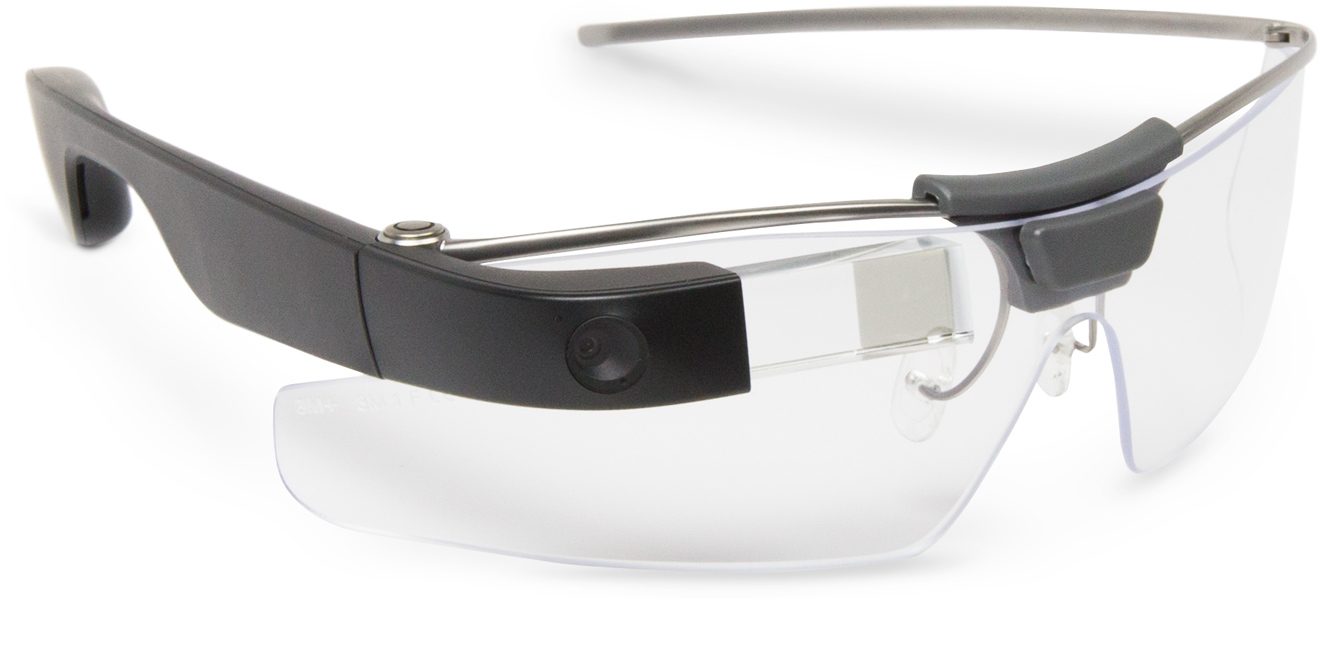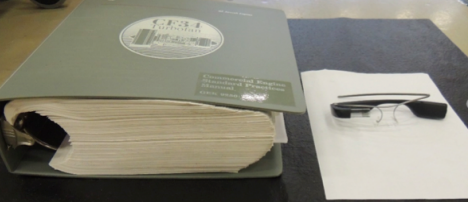Google Glass, the iconic heads-up display (HUD) introduced back in 2012—known for spawning the portmanteau “glasshole”—is finally back, this time albeit it as a special business model dubbed Glass Enterprise Edition.
Before today, fans of the original ‘Explorer Edition’ could only hope that after the Project Glass had “Graduated” from within Alphabet’s “moonshot factory” [X] in 2015 (also the origin of Tango, Google Watch, and more), that the Glass team would be moving ahead with development of new and improved versions of the device.
Now brought back to life by X (previously Google[x]), Glass Enterprise Edition is being re-positioned to cater to individual companies with specific needs. Billing it as a “hands-free device, for hands-on workers,” the company is aiming to change the old image of Glass as a failed fashion tech accessory with its custom end-to-end support for businesses called the Glass Partner program.


The program currently has a roster of over 50 businesses including AGCO, DHL, Dignity Health, NSF International, Sutter Health, The Boeing Company, and Volkswagen; and becoming a partner gives you access to Glass devices, specialized software solutions and ongoing support for an undisclosed and admittedly variable price.
Glass Project Lead Jay Kothari calls the Enterprise Edition a “new chapter for Glass,” in a blogpost today. Demonstrating the utility to prospective Glass Partners with a single image, Kothari points to a massive assembly manual GE’s mechanics consulted before getting Glass.


“When we originally built Glass, the work we did on the technology front was very strong, and starting the Explorer program was the right thing to do to learn about how people used the product,” head of X, Astro Teller tells Wired. “Where we got a little off track was trying to jump all the way to the consumer applications. We got more than a little off track.”
The company hasn’t published any specs around Glass 2.0, saying only that when comparing to the older Explorer Edition, the new Enterprise Edition device has been “specially designed for enterprise and is supported through our network of Glass Partners.”
When asked back in May whether the Glass team was working with Google’s AR/VR team, department lead Clay Bavor made it certain he didn’t know exactly what was being developed at the secretive lab.

